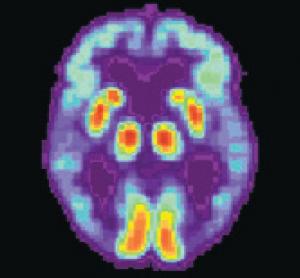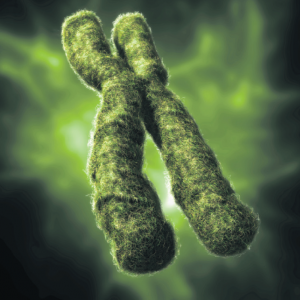FRIDAY, 27 APRIL 2012
As the population ages, the prevalence of Alzheimer’s disease is increasing. The impairments seen in learning and memory are thought to partly reflect build-up of a protein called amyloid beta. However, researchers at Case Western Reserve University, USA, have recently found a drug that can reduce levels of amyloid beta and rapidly reverse cognitive impairments in mouse models of the disease. The drug is called bexarotene and it is already used to treat cancer. Whereas current Alzheimer’s disease medications take months to reduce amyloid plaques, bexarotene took just 72 hours to reduce plaque load by 50 per cent in the mouse brain. It also decreased soluble amyloid by 25 per cent within the same time period. Encouragingly, the mice regained skills in nest-building and odour-learning following drug treatment. Bexarotene works by acting on retinoid X receptors to increase production of Apolipoprotein E, a protein involved in amyloid clearance. It also stimulates the immune system to degrade amyloid aggregates in the brain. If bexarotene is as successful in human clinical trials as it has been in mouse models, it could be a promising new therapy for Alzheimer’s disease. Ayesha SenguptaDOI: 10.1126/science.1217697
Death by DNA Degradation
Scientists in copenhagen have developed an objective method for determining how healthy you are at the molecular level. By analysing blood samples from 20,000 Danes as part of the “Copenhagen General Population Study”, the researchers found that a person’s telomere length correlates with their risk of a heart attack or early death. Telomeres are located at the ends of chromosomes, where they protect genetic information from deterioration. They are known to shorten over time; a process that has long been thought to play a role in ageing. This shortening process can also be accelerated by poor lifestyle choices such as smoking or obesity. Now, for the first time, a clear correlation has been shown between having short telomeres and being at 50 per cent increased risk of a heart attack and 25 per cent increased risk of early death. “Smoking and obesity ages the body on a cellular level, just as surely as the passing of time,” said Borge Nordestgaard, chief physician on the study. The researchers now hope to develop a simple blood test that could be used by GPs to identify people with a poor health status and thus a higher risk of heart attack and early death. Catherine Moir
DOI: 10.1161/atvbaha.111.237271
Magnetic Soap: New Hope for Oil Spills
Researchers at the University of Bristol have developed a liquid soap that can be controlled by a magnet. Because the soap and the pollutants that it removes can be isolated using a magnetic field, the team, led by Professor Julian Eastoe, hope that with further refinement it could help to clean up oil spills and waste water. Soap is a surfactant, comprised of amphiphilic molecules with a water-loving anionic head joined to an insoluble cationic oil-loving tail and which self-assemble into spheric ‘micelles’. The new ‘magneto-responsive’ soap incorporates iron into its anionic head resulting in soap particles with a metallic centre. While individual iron molecules are not magnetic, the researchers have shown that the iron compounds within the soap are able to cluster and respond to solid magnets. With current cleaning agents often causing significant environmental damage, the potential applications of magnetic surfactants are huge. As well as having properties which make their isolation and removal from an environmental clean-up far easier, the soap’s electrical conductivity, melting point and solubility could be altered by a simple magnetic on and off switch. Joanna-Marie Howes
DOI: 10.1002/anie.201108010



